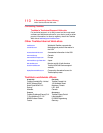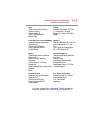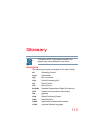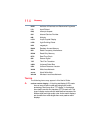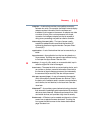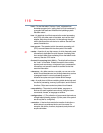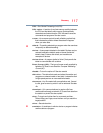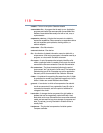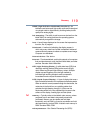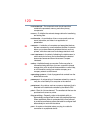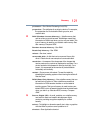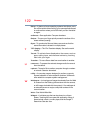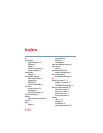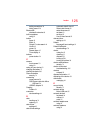
118
Glossary
enable—To turn on an option. See also
disable
.
executable file—A program that is ready to run. Application
programs and batch files are examples of executable files.
Names of executable files usually end with a .bat, .exe, or
.apk extension.
expansion device—A device that connects to a tablet to
expand its capabilities. Other names for an expansion device
are port expander, port replicator, docking station, or
network adapter.
extension—See
file extension
.
external device—See
device.
F
file—A collection of related information, saved on disk with a
unique name. A file may be a program, information used by a
program, or a document. See also
document.
file name—A set of characters that uniquely identifies a file
within a particular folder. It consists of two parts: the actual
name and the file name extension. See also
file extension
.
file extension—The three characters following the period
(pronounced “dot”) at the end of a file name. The extension
indicates the type of file. Examples are .apk for application
files and .pdf for documentation files. See also
file name.
folder—A container for organizing files saved to a disk. A folder
is symbolized on screen by a graphical image (icon) of a file
folder. A folder can contain files and other folders.
G
ground—A conductor to which all components of an electric
circuit are connected. It has a potential of zero (0) volts, is
connected to the earth, and is the point of reference for
voltages in the circuit
.
H
hard disk—A storage device composed of a rigid platter or
platters that can be magnetically coded with data. Hard
disks hold much more information than some other external
media and are used for long-term storage of programs and
data. The primary (or only) hard disk in a tablet device is
usually fixed.
hardware—The physical components of a tablet system.
Compare
software.



